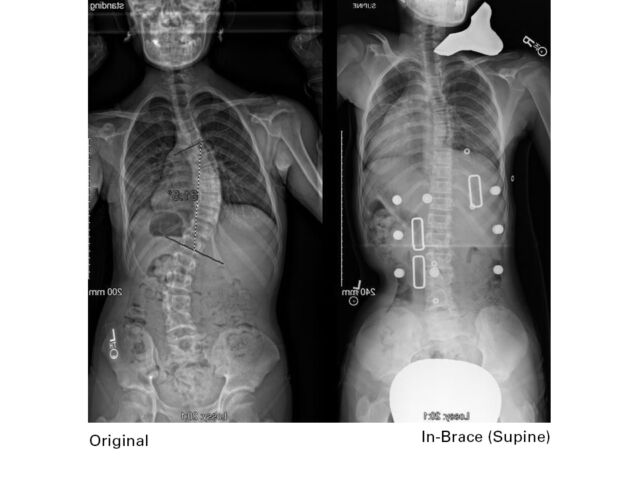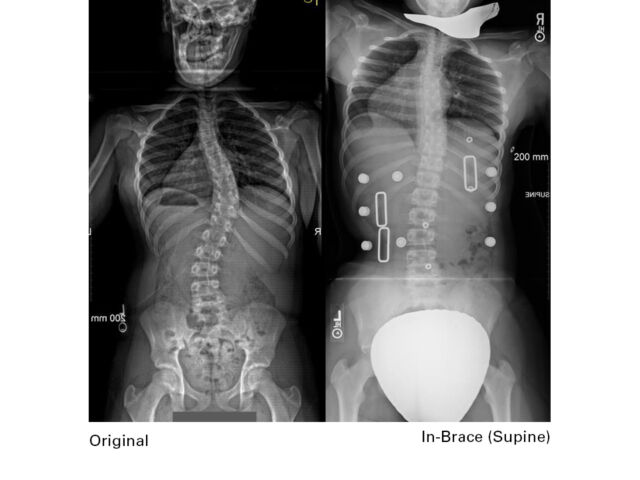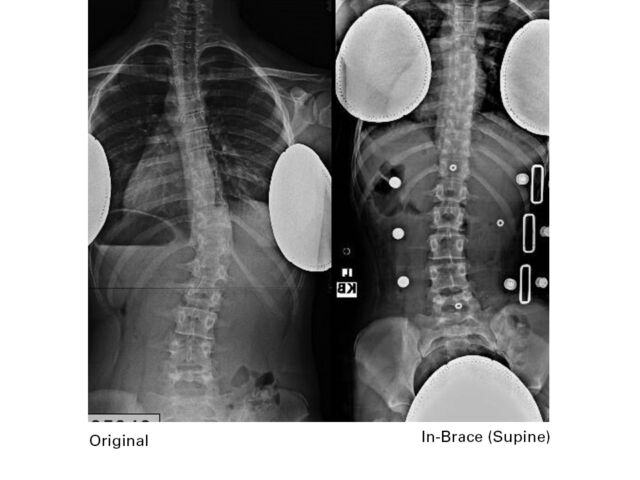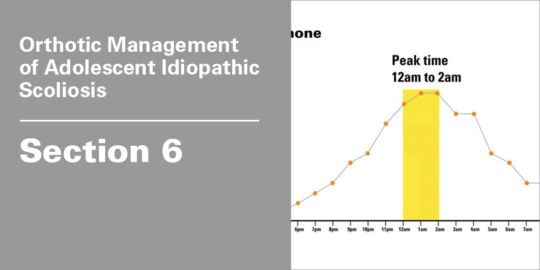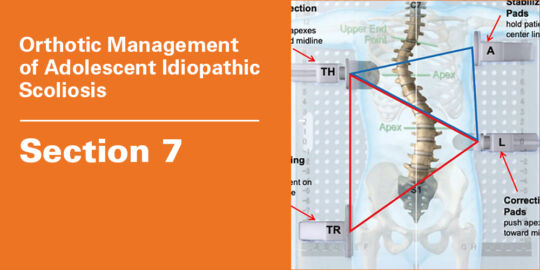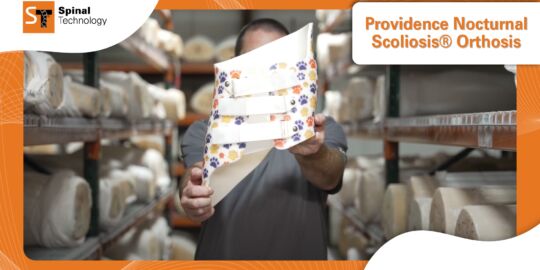Providence Nocturnal Scoliosis® Orthosis – Elements of the system
Orthotic Management of Adolescent Idiopathic Scoliosis (AIS)
Section 8
The Providence Nocturnal Scoliosis® system utilizes a specialized measurement system designed to simulate the effects of the brace. The system incorporates a patented acrylic measurement board and positioning blocks, which are used to establish precise coordinates for pad locations. Based on measurements, cast, or 3D scan, a digital CAD model is created for the individual patient. Coupled with the patient’s radiograph images, highly skilled technicians will assess, modify, and rectify the model to incorporate all the necessary forces and de-rotational components for successful correction.
Current x-rays are necessary to confirm and provide accurate and positive outcomes. If a measurement board is unavailable, a cast or scan is required.
Related Links
Need more information?
Contact our Customer Service Team at 800 253 7868. We'll be glad to help you with your question.
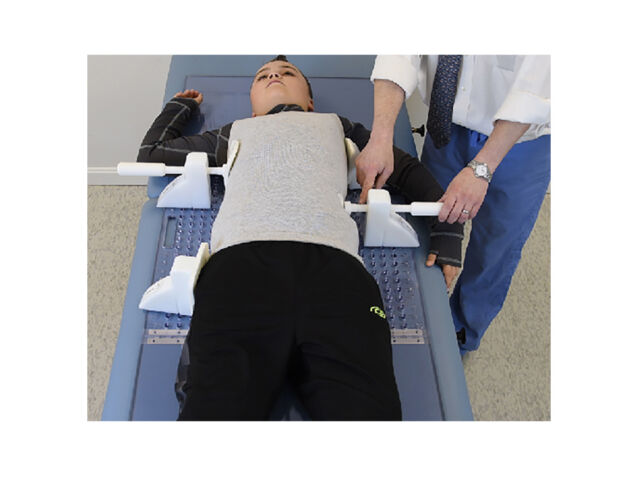
Lying supine on the board, the patient is positioned so that C7 and S1 rest over the center line and the waist is set at the neutral level (level zero). Based on the curve type, as defined by patient x-ray evaluation, stabilizing and corrective pads are positioned against the patient. The corrective pads are adjusted to produce controlled, direct, lateral and de-rotational forces to move the apices of the curves to midline or beyond. All measurements and coordinates are documented on the patient order form.
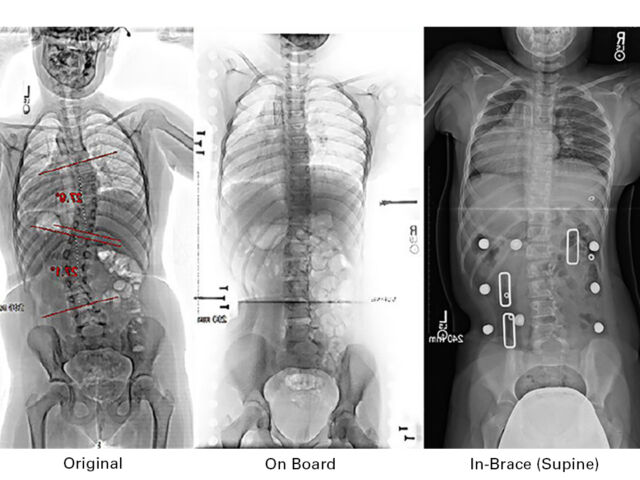
This example illustrates the correlation between correction applied to a patient while on the Providence board, and the actual results in-brace.
Some centers have incorporated on-board x-rays as a standard practice.
The Providence is suited for neurologically involved patients, idiopathic adolescents and juvenile scoliosis patients as well as obese patients. Because of the design for nocturnal use, the brace is able to address apices as high as T6, which is higher than can be treated by a full-time scoliosis orthosis. Apices above T6 can be treated with a neck extension attached to the orthosis.
Patient Outcomes
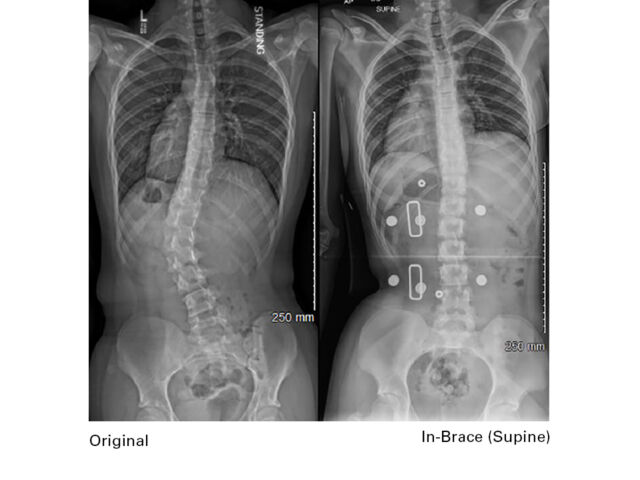
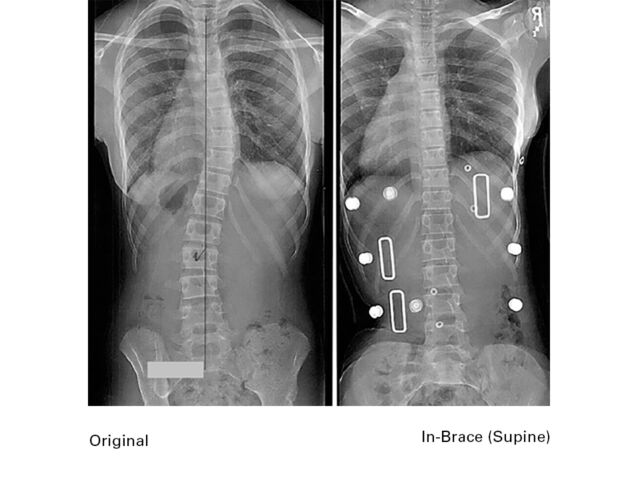
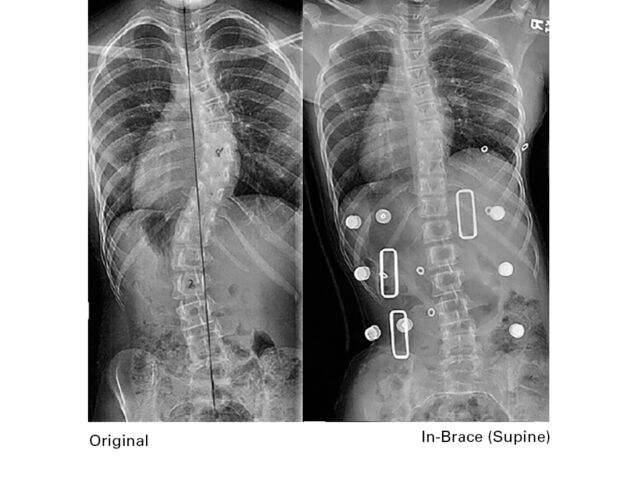
CLINICAL STUDY
Providence nighttime bracing is effective in treatment for adolescent idiopathic scoliosis even in curves larger than 35°
124 patients
“Providence nighttime braces are an effective treatment for adolescent idiopathic scoliosis patients. This study reports a success rate of 89%, and the results are comparable to full-time treatment with the Boston brace.”
Ane Simony, et al., European Spine Journal, September 2019, Volume 28, Issue 9
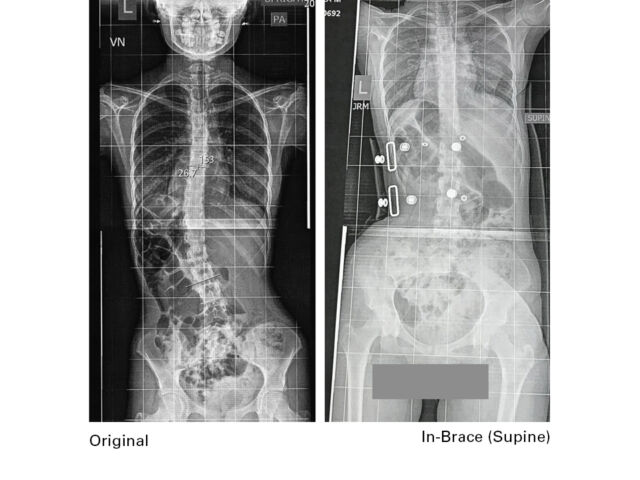
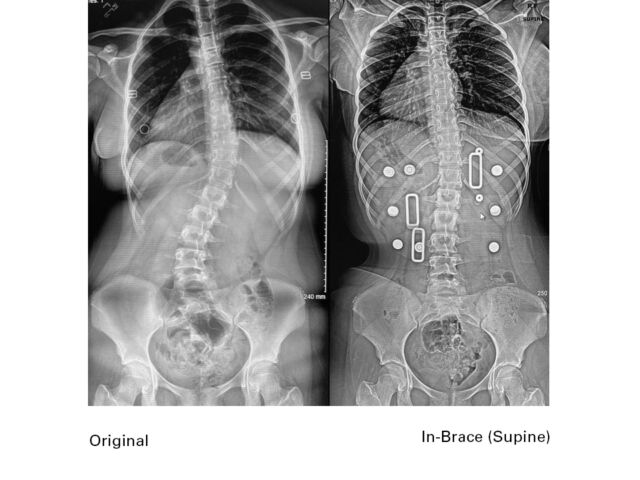
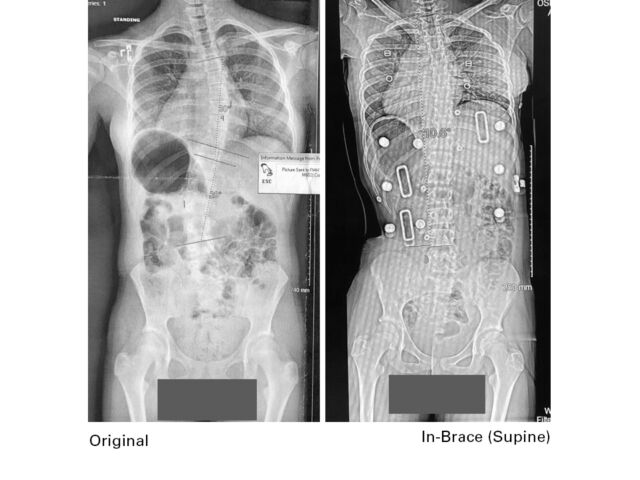
CLINICAL STUDY
Nighttime Bracing With the Providence Brace in Adolescent Girls With Idiopathic Scoliosis
102 patients
“Excellent initial in-brace correction of adolescent idiopathic scoliosis was observed with this computer-designed and manufactured recumbent brace..”
“success rate of 79% (n 5 71) if the apex was at or below T9.”
“The average initial correction with a supine in-brace radiograph of the all major and all compensatory was 96% and 98%, respectively.”
“The average percentage of Cobb angle initial in-brace correction for each curve type while the patient was wearing the brace was 94% for thoracic curves, 111% for thoracolumbar curves, 103% for lumbar curves, and 90% and 91%, respectively, for both curves of a double curve pattern”
d’Amato et al., SPINE Volume 26, Number 18, pp 2006–2012 ©2001
